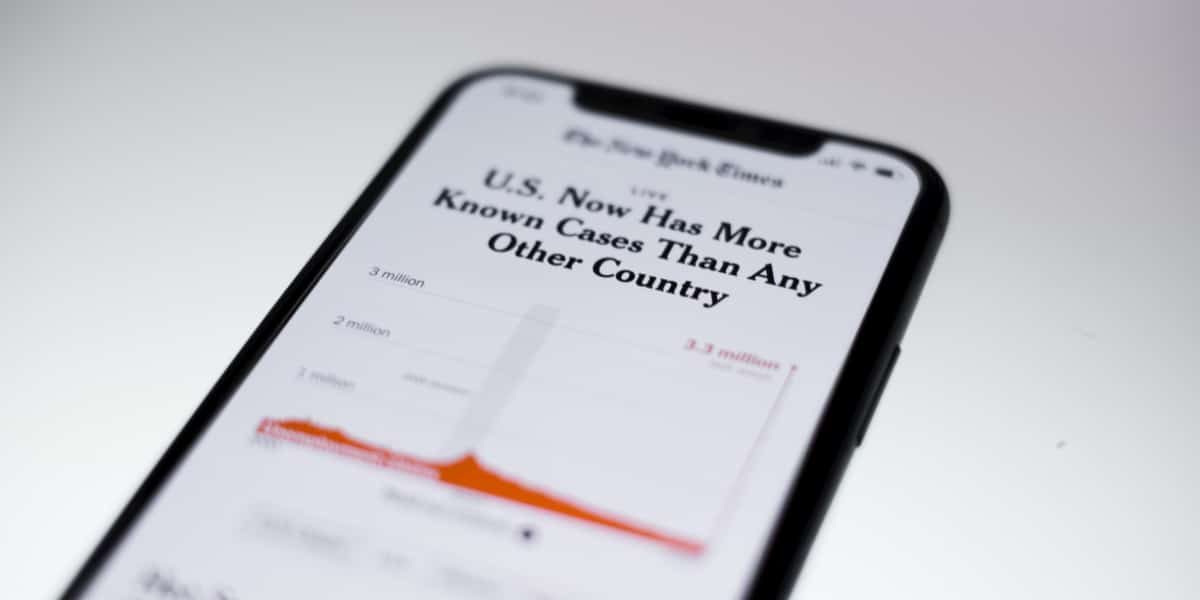Collecting user feedback is crucial for creating an app that users love. But let’s face it, getting users to complete surveys can feel like herding cats.
In-app surveys are a powerful tool for gathering real-time insights, but their effectiveness depends on one critical factor: response rates.
The secret lies in crafting engaging, user-centric surveys, and seamlessly integrated into the app experience. By designing surveys that respect users’ time, speak their language, and offer value, you can significantly boost response rates and gather meaningful insights.
In this blog, we’ll explore why response rates matter, the principles of effective surveys, and innovative strategies to encourage participation. Let’s get started!
Why Response Rates Matter for In-App Surveys
When it comes to in-app surveys, response rates are everything. A low response rate means fewer insights and less accurate data to guide your decisions.
But why do users skip surveys? Often, the surveys are too long, show up at inconvenient times, or feel irrelevant. Fixing these issues is key to improving response rates and gathering actionable feedback.
After all, how can you improve your app if you don’t know what your users think?
Now that we understand why response rates matter, let’s dive into the principles that make surveys effective.
Principles of Effective In-App Surveys
Creating effective surveys isn’t rocket science, but it requires thoughtful planning. Here are the core principles to keep in mind:
Simplicity is Key
Nobody wants to answer a survey that feels like a pop quiz. Keep your surveys short and focused.
Ideally, aim for three to five questions. This makes it easier for users to complete the survey without feeling overwhelmed.
Short surveys are great, but asking the right questions is just as important.
Asking the Right Questions
The questions you ask determine the quality of feedback you’ll get. Be specific and actionable. For example, instead of asking, “Do you like the app?” ask, “What feature do you find most useful?” Questions like this provide insights you can actually use.
Once you’ve crafted the perfect questions, the timing of your survey becomes crucial.
Timing Makes All the Difference
Timing is everything. Don’t interrupt users during a task—that’s a surefire way to annoy them. Instead, trigger surveys after specific actions, like completing a purchase or exploring a new feature.
Well-timed surveys feel natural and respectful, increasing the likelihood of participation.
Check out here to learn how Plotline’s in-app surveys can increase your app engagement.
Now that we’ve covered the basics, let’s talk about making surveys more user-friendly.
How to Make Surveys Feel User-Centric
Your users are busy people. If your survey doesn’t feel relevant or respectful, they’ll skip it. Here’s how to create a user-centric experience:
Personalization for a Human Touch
Nobody likes feeling like just another number. Personalize your surveys by addressing users by name or designing questions based on their recent interactions. For example, “Hi Alex, how was your experience with our new checkout feature?” This approach makes surveys feel more conversational and less robotic.
Beyond personalization, the tone of your survey can also make or break engagement.
Friendly Tone and Clear Intent
A friendly tone goes a long way. Avoid formal or overly technical language. Instead, use simple, conversational phrases like, “We’d love your feedback!”
Additionally, let users know why you’re asking for their input. When users understand the purpose, they’re more likely to participate.
With tone and personalization covered, let’s show users the value of their feedback.
Show Immediate Value
Explain how their feedback will make a difference. For instance, “Your feedback helps us improve features you love.” When users see their input has an impact, they’re more likely to engage.
Once your surveys are user-friendly, innovative strategies can further boost participation.
Innovative Strategies to Drive Survey Participation
Sometimes, you need to think outside the box to get users to engage. Here are a few creative strategies:
Gamify the Experience
Who doesn’t love a little fun? Turn your surveys into a game-like experience. For example, users could “unlock” a reward after completing the survey. Gamification not only makes surveys more engaging but also increases completion rates.
While gamification is fun, subtlety can also encourage participation.
Non-Intrusive Survey Placement
Nobody likes intrusive pop-ups. Use subtle banners, tooltips, or in-app messages to invite users to participate. These non-intrusive options feel less pushy and more like friendly suggestions.
Incentives can also work wonders when paired with non-intrusive prompts.
Incentives That Motivate Without Overpromising
Offer small rewards like discounts, loyalty points, or exclusive content to encourage participation. Make sure the incentive matches the effort required. For example, a 10% discount for a quick three-question survey is a win-win.
Once you’ve implemented these strategies, utilizing technology can make surveys even smarter.
Utilizing AI and Automation for Smarter Surveys
Technology is your best friend when it comes to optimizing surveys. Here’s how to use it effectively:
Predictive Survey Triggers
AI can identify the premier moments to present a survey. For example, it might trigger a survey after detecting a user has spent significant time on a specific feature. This ensures the survey feels timely and relevant.
Predictive triggers are great, but adaptive questions can take things even further.
Adaptive Question Paths
AI-driven surveys can adjust questions based on previous answers. For example, if a user rates a feature poorly, the next question could ask for specific suggestions. This keeps the survey relevant and focused, leading to better insights.
Automation can also simplify the feedback collection process.
Automatic Data Integration
Automation tools can sync survey results with analytics platforms like Google Analytics or Mixpanel. This provides a complete picture of user behavior and feedback, making it easier to prioritize improvements.
Now that you’ve optimized your surveys, let’s discuss how to measure their success.
Tips for Measuring and Refining Survey Success
Creating a great survey is only half the journey. The real challenge lies in ensuring it’s effective.
Measuring your surveys’ performance helps you understand what works and what doesn’t.
By tracking key metrics and refining your approach, you can continuously improve the quality of your surveys and the feedback they generate.
Tracking Engagement Metrics
Keep an eye on response rates, completion rates, and abandonment rates. These metrics show how well your surveys are performing. For example, a high abandonment rate might indicate your survey is too long.
Once you’ve analyzed the metrics, it’s time to iterate.
Using Feedback to Improve Future Surveys
User feedback is also used to refine your surveys. If users consistently skip certain questions, consider revising or removing them. Iteration ensures your surveys stay effective and relevant.
Testing different survey formats can also help you find what works best.
Testing Different Survey Variants
A/B testing isn’t just for marketing. Test different survey designs, question orders, or placements to see what drives the premier response rates. Over time, you’ll identify the winning formula.
Conclusion
Crafting in-app surveys that increase response rates requires a mix of thoughtful design, user-centric strategies, and smart technology. By focusing on simplicity, personalization, and timing, you can create surveys users actually want to complete.
Add a touch of creativity and the power of AI, and you’ll gather the insights you need to build a better app.
Ready to level up your surveys? Start implementing these strategies today and watch your response rates soar!
Published by Zane L.

















